Watch What You Sit On!
As a pressure injury survivor (decubitus ulcer), I have become hyper vigilant with what, where and how I sit, lay or even stand. I use the word “survivor” because a tiny, little, unassuming red spot can quickly and easily turn into a serious, life-threatening open wound. My wounds were a result of being newly injured and uneducated about proper weight distribution and frequent pressure relief while laying in bed or seated in a chair. Unbeknownst to me, my tailbone (coccyx) had developed an open fissure only days after my spinal cord injury. To give you context as to how serious a pressure sore can be: eighteen years later I still have a very delicate and sensitive spot on my butt. Pressure injuries are NO JOKE and the cushion you sit on has to protect your backside!
When it comes to selecting the right cushion there are a few factors that must be considered before buying. A mindful approach is to first consider the users physical condition – whether they are minimally impaired with an active lifestyle, or severely limited and in need of optimal pressure relief. Then, consider cushion-specific factors such as: pressure distribution, air circulation, moisture retention, heat transfer, stabilization, durability, maintenance, weight, cost and style.
These factors can and should be an interactive conversation with a wheelchair seating specialist. The specialist can assess, educate and prioritize the relevant factors to then select from a variety of wheelchair cushion structures best suited for the users needs.
Luckily, today there are materials and combinations of materials available that create incredible seating structures for supreme pressure protection.
The Five Main Structures Are:
- Air (No Valve)
- Air (Valved)
- Honeycomb
- Gel (Fluid)
- Foam
These five structures can be combined into hybrid cushions that may have structural combinations, like: foam & gel, honeycomb, gel & foam and/or specially designed cut-outs for zero pressure areas.
By understanding all the pertinent factors and the efficacy of different seating structures, a safe pressure solution can be found. The best cushion is always case-specific and customized to the individual.
My personal cushion is an AIR (Valved) structure made by ROHO and may not work for everyone. But, after having tested quite a few different cushions, I found that the low-profile ROHO works well for me.
I highly encourage education on this matter because what matters is what you are sitting on.
-Aaron






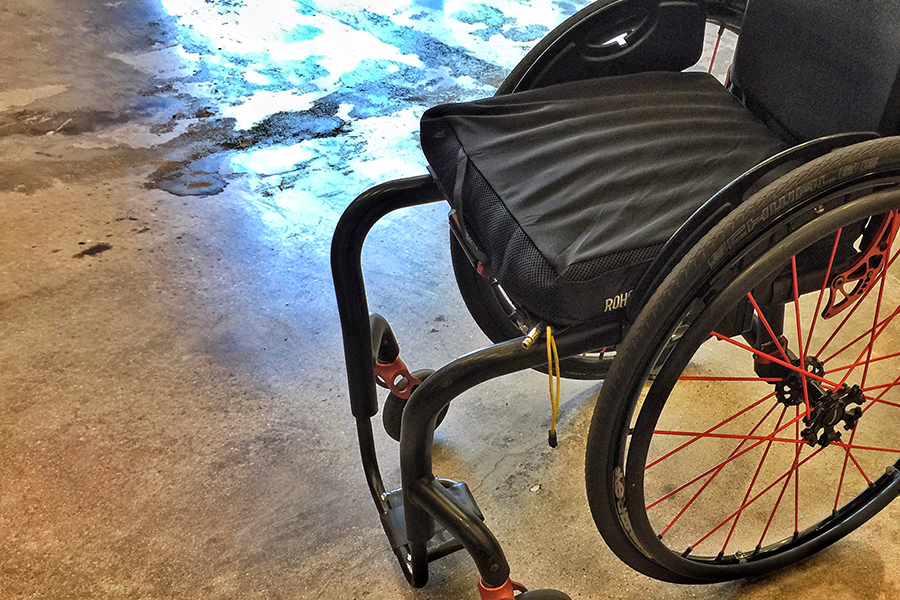


 I have been paralyzed from the waist down since 2013. I’ve been steadily gaining weight since then, and I’m starting to get self-conscious about it, especially since people already stare at me in my wheelchair. What are some exercises, things I can do to help me lose this extra weight?
I have been paralyzed from the waist down since 2013. I’ve been steadily gaining weight since then, and I’m starting to get self-conscious about it, especially since people already stare at me in my wheelchair. What are some exercises, things I can do to help me lose this extra weight?
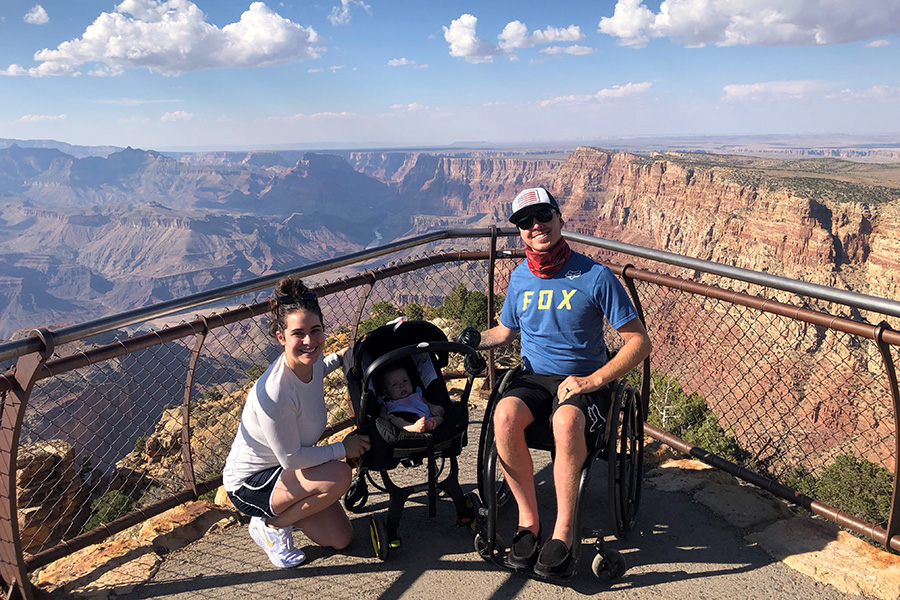
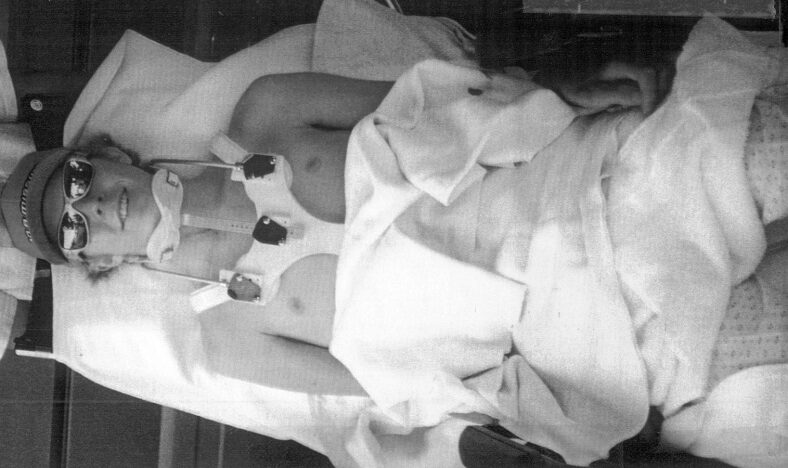
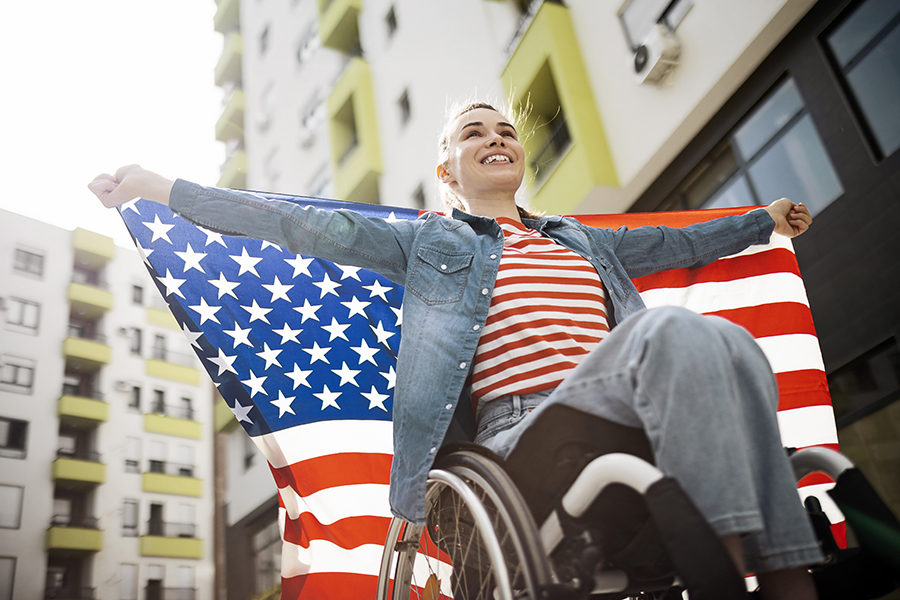
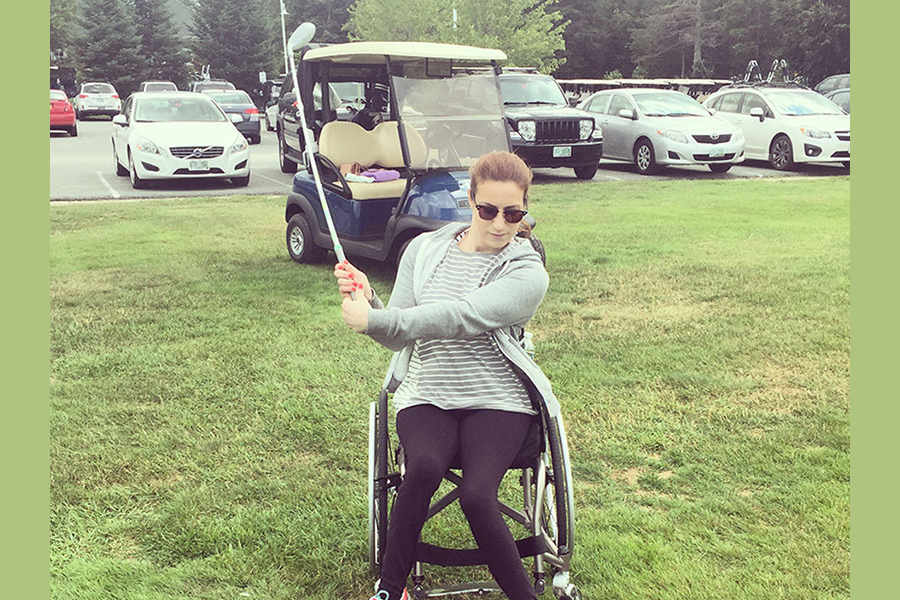
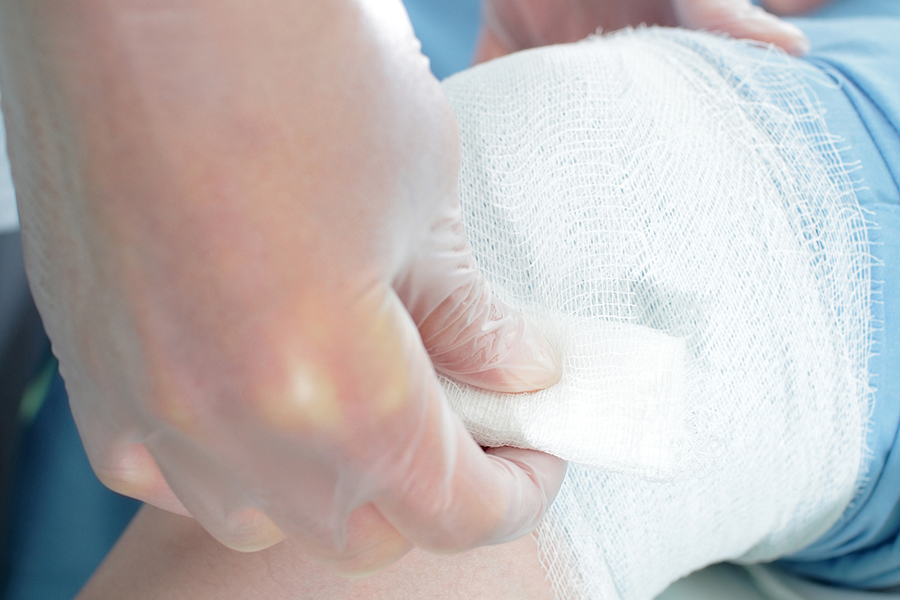

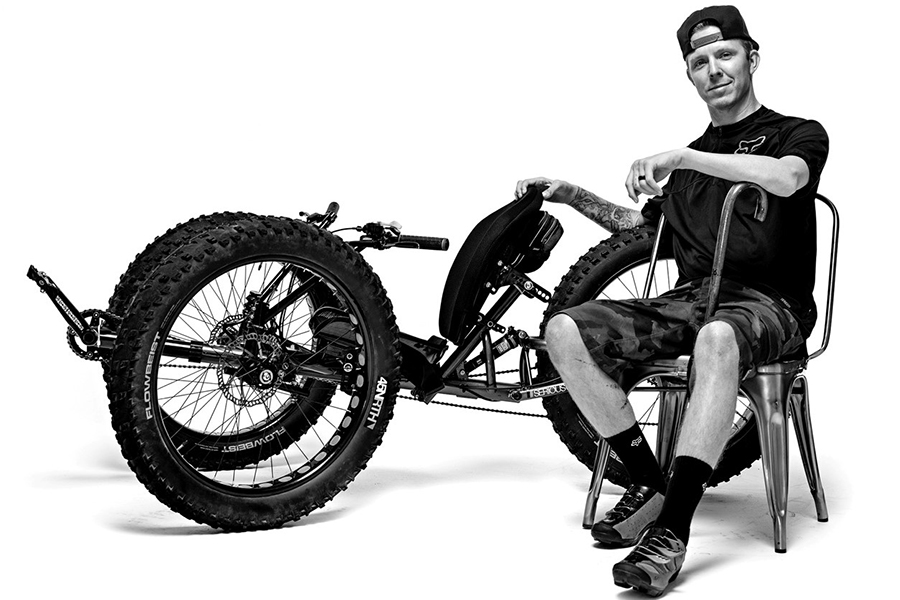
Pressure mapping done during cushion trials with your seating specialist will help to determine how each cushion affects you differently and rule out those that won’t work well. If anyone needs help with obtaining equipment let me know!
Jay Bloomfield, ATP with NuMotion